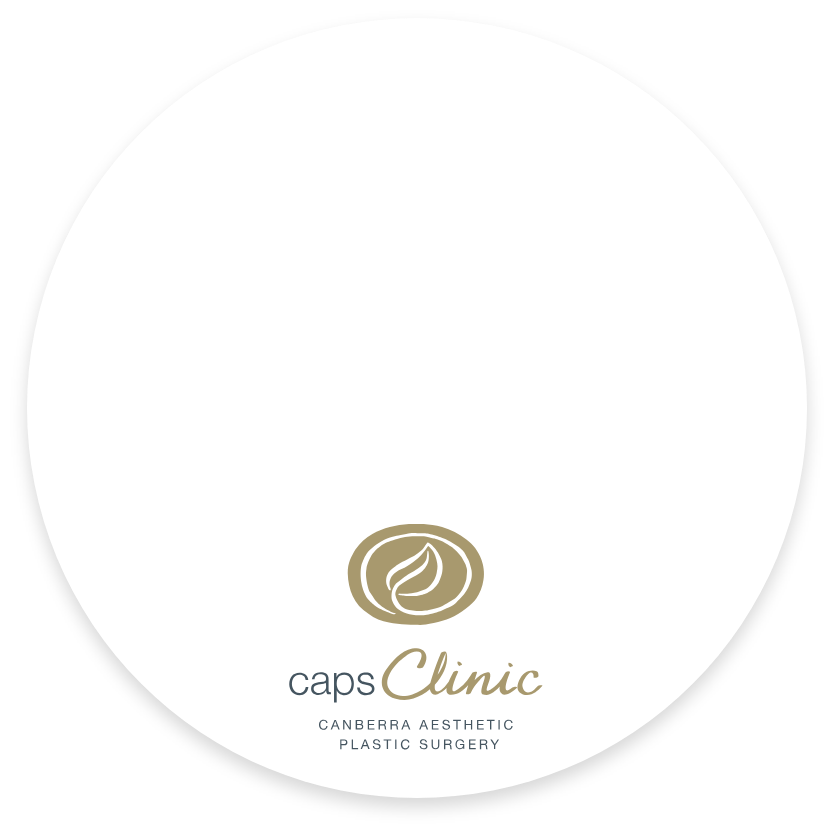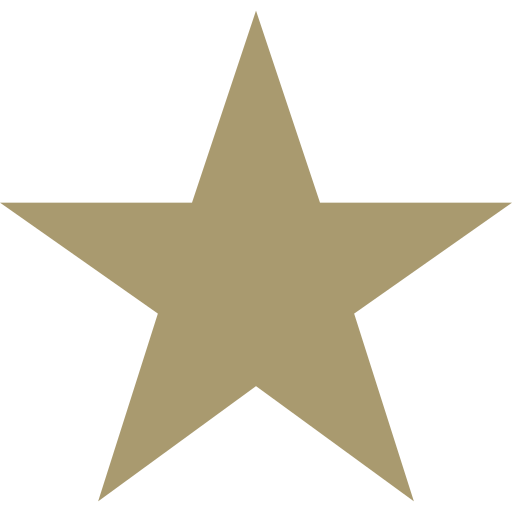
Ageing can cause the upper eyelids to appear as though they are coming down to cover your eyes. It may cause problems with visual obstruction. This sagging occurs mostly sideways, across your brow, leading to deepening crows feet lines, and causing your upper eyelid skin to rest on the upper eyelashes. A brow lift surgery can offset these signs of ageing, often done in conjunction with an upper blepharoplasty.
Brow lift surgery can lift the heaviness from the face, opening the eyes and improving lateral crows feet lines.
Dr Alastair Taylor (Bachelor of Medicine, Bachelor of Surgery | The Fellowship of the Royal Australasian College of Surgeons | MED0001401767)
Find out more about our treatments by selecting an option from the drop down menu.
A brow lift, also known as a forehead lift, is a surgical procedure that balances the natural signs of ageing across the brow.
Brow lift surgery involves pulling the brow up and out and lifts the location of the eyebrows, improves lateral crows feet lines and produces an upper eyelid contour. The brow needs to be raised not at the inner eyebrow, where it would create an expression of surprise, but at the outer eyebrow. This is accomplished by creating tension in the temple region.
A Browlift is an operation performed under a general anaesthetic, which takes about 2 hours, and requires an overnight stay. You will require 2 weeks off work and up to 6 weeks before returning to normal activity.
A browlift will also improve the result of a lower face lift or upper blepharoplasty (skin removal from the upper eyelids) surgery. A brow lift and upper blepharoplasty are often done in combination.
With surgery to the brow you can expect to feel tightness across the scalp but you may find there is not a great deal of pain. Any discomfort should be able to be managed quite successfully with an oral analgesia.
There will be difficulty raising or lowering the eyebrows. Frowning will also not be possible, although this ability generally returns within a week or two.
After your operation, you can expect to see dry blood, heavy bruising and swelling. It is also common to see some seepage around the suture lines. You can have a shower and wash your hair the next day. Swelling is a normal part of the healing process. It begins during surgery and usually peaks at about 48 hours post operatively before beginning to subside.
The staples from your head, and the sutures from any upper eyelid surgery, are removed approximately 5 days following the operation. The brow incisions are inside the hairline to reduce the appearance of scars, and small amounts of hair have been trimmed to facilitate the operation.
The bruising will last for approximately two to three weeks. At the end of three weeks there can still be a small rim of bruising left just on the lower eyelid, which can take another couple of weeks to settle down.
In our experience, after six weeks you will be fully recovered and healed. If you are not fully recovered after 6 weeks, contact the CAPS Clinic immediately.
Brow lift surgery can lift the heaviness from the face, opening the eyes and improving lateral crows feet lines.
Dr Alastair Taylor (Bachelor of Medicine, Bachelor of Surgery | The Fellowship of the Royal Australasian College of Surgeons | MED0001401767)




ANY SURGICAL OR INVASIVE PROCEDURE CARRIES RISKS. BEFORE PROCEEDING, YOU SHOULD SEEK A SECOND OPINION FROM AN APPROPRIATELY QUALIFIED HEALTH PRACTITIONER (EG. YOUR GP).
Dr Alastair Taylor (Bachelor of Medicine, Bachelor of Surgery | The Fellowship of the Royal Australasian College of Surgeons | MED0001401767) will discuss the general and specific risks during your consultation, where you can ask questions and discuss any concerns you may have. Is it important that you have enough information to weigh up the benefits, risks and limitations of your surgery. You will also be provided with more information to take home and read, and discuss with your family or loved ones.
Risks specifically associated with browlift surgery may include:
Some general risks and complications of surgery may include:
Your brow lift surgery will be performed at our private hospital, Sole’vita Surgery, a licensed medical hospital accredited under the National Safety and Quality Health Service (NSQHS) Standards. Sole’ vita Surgery is part of The CAPS Clinic, with all services conveniently based in the one location in Deakin, Canberra.
Our facilities include modern surgical theatres, sterilisation services and recovery areas. Our overnight rooms feature flexible privacy glass-panelling and a personal ensuite.
All of the Sole’ vita team are fully qualified and registered medical personnel, with no more than 5 patients staying at once, our patient-to-nursing-care ratio is very high.
We believe in providing an overnight stay after your brow lift surgery, so that you can take your time to rest and recover. This allows us to ensure your pain relief and any postoperative nausea is well controlled before being discharged.
Dr Alastair Taylor (Bachelor of Medicine, Bachelor of Surgery | The Fellowship of the Royal Australasian College of Surgeons | MED0001401767) is a highly qualified Specialist Plastic and Reconstructive Surgeon with over 25 years experience in plastic, aesthetic and reconstructive surgery. Learn more about Dr Taylor.
Dr Taylor leads a dedicated team of qualified health care professionals, including anaesthetic staff and nurses, who work in the Sole’vita Surgery private hospital. His team have built a reputation for quality and are committed to achieving results for our clients whilst providing personalised care, with your safety, privacy and comfort at the forefront of all work.
If you are not ready to commit to browlift surgery, you may consider the non-surgical anti-ageing options offered at our My Genesis Clinic, including:
Emface treatments strengthen the muscles of the face and tighten the skin, lifting the cheeks and brow and reducing wrinkles.
Titan Laser treatments bridge the gap between non-surgical rejuvenation and facial surgery, to improve the appearance of aged skin.
Injectables, such as filler and anti-wrinkle cosmetic injections can reduce wrinkles and loss of volume in the face.
Chemical skin peels, microdermabrasion and LaseMD (fractionated laser) treatments can nourish, repair and rebuild the structures of your skin, as they trigger activity of your collagen and elastin making factories to reduce the signs of ageing.
Depending on how much surgery is needed, generally, these procedures are considered cosmetic and do not attract any Medicare, health fund or tax rebates.
Fees include Dr Taylors surgeon fee, Anaesthetist fee, Theatre and the Overnight Stay in Hospital costs:
To receive a formal quote you are required to have a consultation with Dr Taylor. The quote for the cost of your surgery is valid for 3 months. Some fees may not be included in this quote, including medications, pathology, physiotherapy and costs arising from any complications. Further information will be provided to you during your consultation.
Dr Taylor’s fee includes:
To help you prepare for your surgery and enhance your recovery, we offer you a pre-surgery program to start 4 to 6 weeks prior to your surgery. This includes taking a multivitamin to aid recovery and get you back on your feet faster. We also recommend an effective herbal medication to reduce the bruising and swelling associated with your surgery. You will also need to stop certain medications leading up to your surgery and we recommend ceasing smoking six weeks prior.
Planning for your surgery and your recovery in advance is vital. Understanding what you can and cannot do will ensure you are not put in a position where you put yourself or the success of your surgery at risk. All this will depend on your personal situation. Dr Taylor insists you refrain from any major or minor physical duties and take two weeks off work. You will be provided with a discreet medical certificate to accommodate any time required off work.
On discharge from Sole’vita Surgery we recommend:
After your operation, you will have staples in your hairline, and possibly sutures under your eyebrows (if you have had upper eyelid surgery done at the same time). At the end of the procedure, cold packs are placed on the eyes and a bandage around the head for an hour.
You will stay overnight in our Sole’vita Surgery private hospital. Dr Taylor will check on your recovery the next day. Our nursing staff will assist with your discharge, including wound care and management of any dressings, prescriptions for medications, and follow up appointments.
Bruising and swelling from the surgery is to be expected, and there will be discomfort. Taking regular oral pain medication can assist you to be more comfortable, and steps are taken to reduce bruising and swelling.
Swelling and bruising can be minimized by resting, keeping the head elevated at all times (use extra pillows when resting/sleeping, don’t bend down even for short periods such as tying shoe laces) and using cold compresses as instructed.
You are encouraged to take 2 weeks off work and plan not to be back to normal routine and activity for at least 6 weeks.
Five days after your surgery, you will come to Sole’vita Surgery to have your sutures removed and your wounds checked by one of our nurses.
You will have follow up appointments with Dr Taylor at both the 6 week and 6 month stage of your journey.